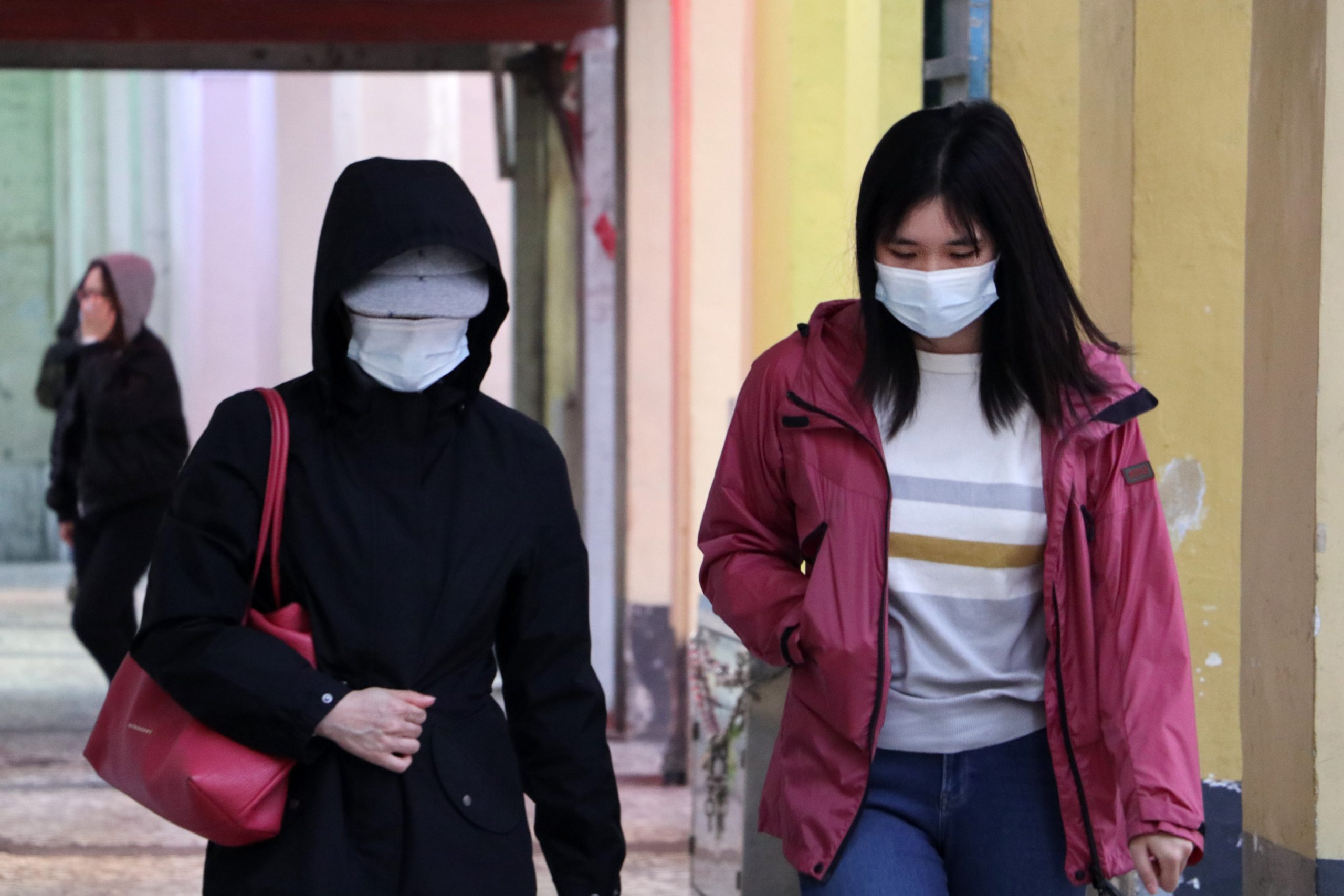Christoph Meyer, King’s College London
Some authorities across Europe have taken drastic measures to contain the spread of COVID-19, the disease caused by the new coronavirus. This has included imposing restrictions on movement across Italy.
Differences in the way governments are reacting have become apparent, with some politicians emphasising the need for a proportionate response, or what German Chancellor Angela Merkel called “measured and levelheaded” (“Maß und Mitte”). UK Prime Minister Boris Johnson has spoken about the “need to strike a balance” when deciding which measures are too draconian. As the US imposed a travel ban against all foreigners who have been to mainland Europe, the UK Chancellor of the Exchequer Rishi Sunak pointed to a lack of evidence that “interventions like closing borders or travel bans are going to have a material effect on the spread of the infections”.
What does, and does not, constitute an overreaction is a question of how severe a threat is to public health, the expected benefits of any proposed counter-measures weighed against the likely costs and displacement risks of such measures. As governments decide on the right response, they need to be conscious of their own biases and be aware that they could over-react to the wrong pressures when responding to the threat of COVID-19.
Overreaction in public policy can come in different forms. Measures could, for example, undermine themselves in their intended goals. The decision to quarantine large parts of northern Italy was leaked to the media, which meant that many people fled the region, potentially spreading the virus faster. Similarly, a decision to close all schools could leave more elderly relatives – the very people who are most susceptible to the virus – providing emergency childcare.
Other measures can create public health risks elsewhere. Large-scale school closures are likely to lead to carers, nurses, and doctors staying at home to look after their children rather than working in hospitals.
Efforts to treat the virus may also cause “collateral damage” beyond public health. Cancelling flights and public events has economic repercussions, after all. What’s more, huge losses to the public purse can be expected to eventually translate into spending cuts. The Institute for Public Policy Research (IPPR) calculated that 130,000 more people died because of the government austerity measures implemented between 2012-17 as part of attempts to recover from the 2008 financial crash. There is the potential for the same to happen again.
We might also consider whether some measures against corona can be considered so damaging to societal cohesion and values that they should not be taken, even if they might help slow contagion. For instance, targeting certain groups with coercive measures because of their ethnicity or nationality, asking citizens to report on those deemed infected, or requiring people to subject themselves to having all their movements and social contacts monitored (as in China) could be seen as off-limits for a human-rights-respecting liberal democracy.
Avoiding overreaction
So how can the risk of overreaction be reduced? It’s useful to be aware of, and if necessary, guard against the underlying political incentives and mechanisms at play.
Calls for action against an impending epidemic can create a powerful incentive for mounting a forceful yet poorly calibrated response from politicians. They are under pressure to reassure a frightened public by saying “everything” will be done to stop the virus.
This is particularly the case when public authorities feel vulnerable to being accused of under-reacting. The draconian measures on display in China may at least in part relate to criticisms that the public response had been slow at first. And the hospitals in the Lombardy region of Italy now under quarantine were being investigated for missing many opportunities to test a “super-spreader” patient. Decision makers need a degree of self-awareness about these motivational biases and work out which political pressures actually need to be resisted rather than acted upon.
It’s all too easy to follow existing templates in times of crisis, but that can mean relying on outdated assumptions about how a threat may evolve.
A review of the 2009 swine flu (H1N1) pandemic found that some state authorities were in some respects over-reacting to the WHO decisions to escalate its warnings. The UK’s own review noted problems in the official use of “reasonable worst case” scenarios of tens of thousands of deaths. The decision-making and communication at the time was the result of a decade of pandemic planning, largely premised on a threat similar to the avian influenza A (H5N1) that appeared in 1997 in Hong Kong. But swine flu of 2009 turned out to be quite different. It was much more contagious but far less dangerous than avian flu, which has a fatality rate of 60%. It was, in fact, milder than many strands of seasonal flu.
There is still some uncertainty about the likely fatality rate of this new coronavirus, with most estimates varying between 1-2% for Europe – mostly those with existing conditions. This is several times higher than seasonal flu, which is around 0.2%, but still kills thousands each year without it being described as a “deadly virus”. Covid-19 appears to be also more contagious than seasonal flu.
Authorities and citizens do have a responsibility to protect those most vulnerable and to “flatten the infection curve” to protect health systems and buy more time for research into vaccines and treatments. But this does not mean that any measure to slow the disease is justified or proportionate.
What matters to avoid both under and overreaction is that decision-makers need to constantly test their underlying assumptions against the best and most up-to-date available advice and evidence. They need to avoid making decisions in silos and draw on experts from relevant areas beyond health. If necessary, they need to make corrections both internally and publicly. It is never easy for bureaucracies to question and depart from existing plans, procedures and protocols in fast-moving situations. Nor is it easy for politicians and experts to change their previous public advice and counter misperceptions in the media and public. But the cost of not doing so are high. It is not too late for European decision-makers to bear some of these lessons in mind.
Christoph Meyer, Professor of European and International Politics, King’s College London
This article is republished from The Conversation under a Creative Commons license. Read the original article.








